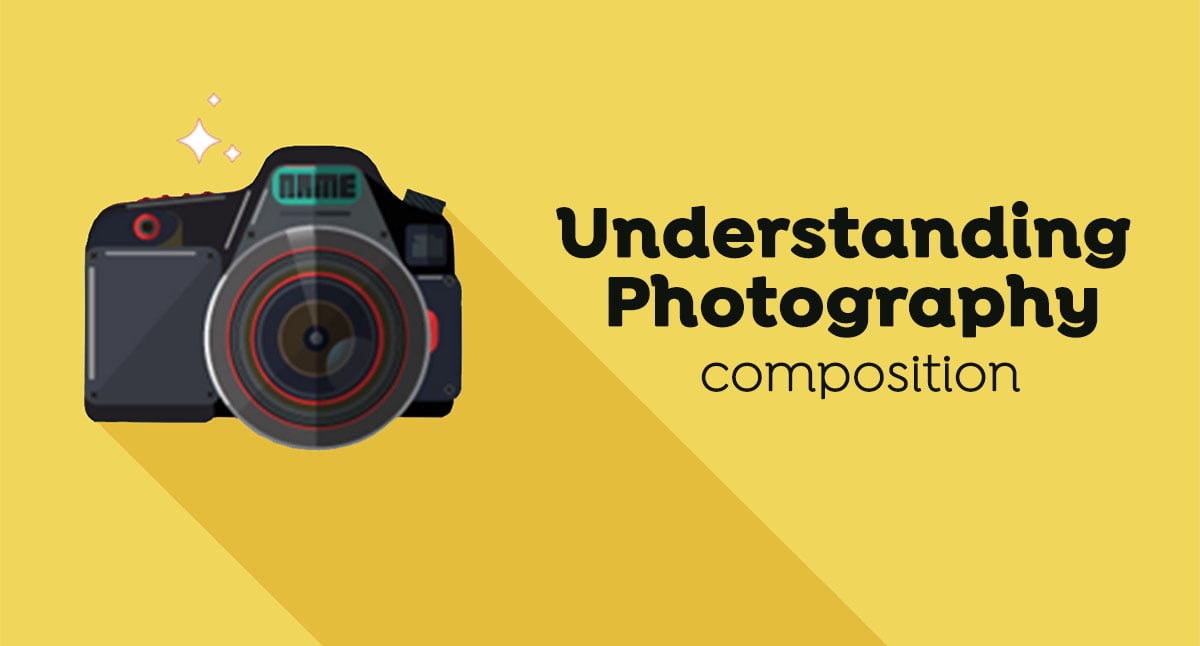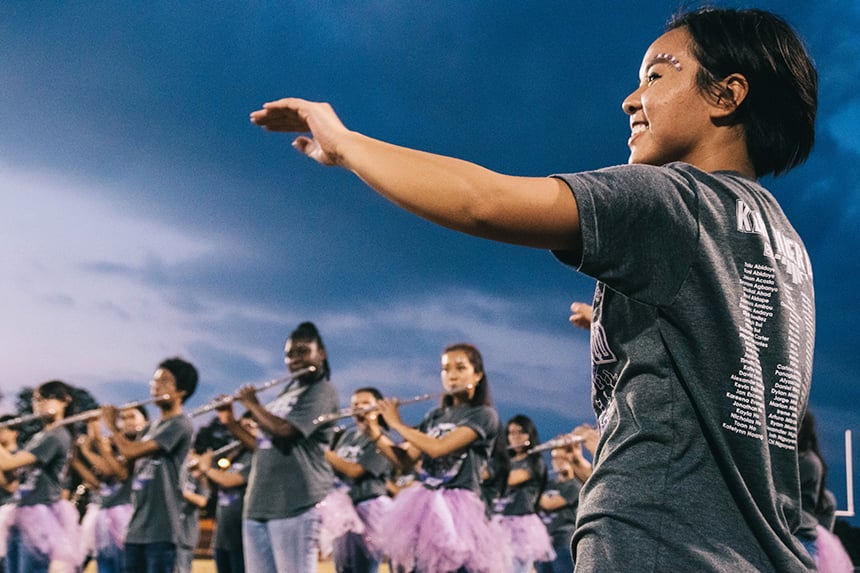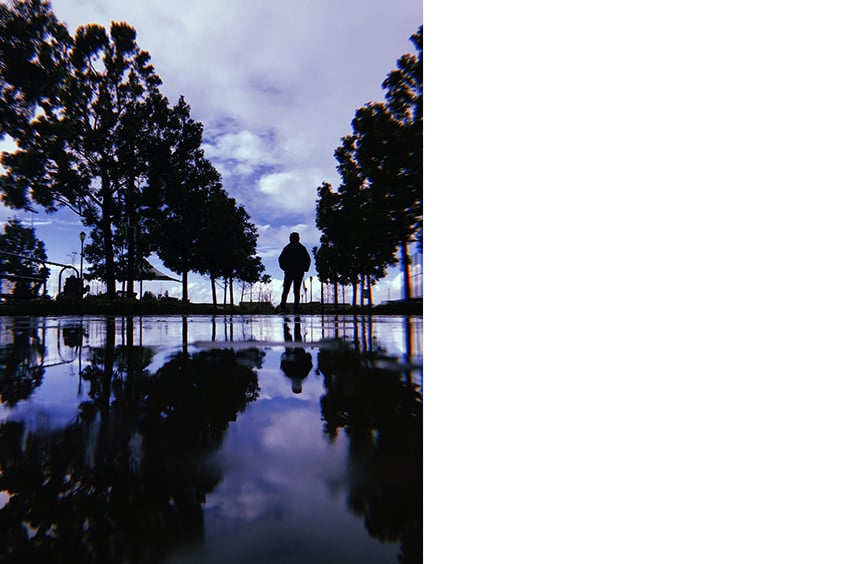
Photography is all about capturing a moment. How you capture that moment can make the difference between a dull photo and a powerful one. Here are five composition principles that can dramatically improve your photography.
Rule of Thirds Forget the middle. Stop placing the subject smack in the middle of the photo. Instead, place your subjects in one of the thirds of the photo. To achieve this, imagine a tic-tac-toe board as you look through the viewfinder. The lines divide the photo into three quadrants, vertically and horizontally. Where the lines intersect is where you should place your subject.

Placing the drum major on the right side of the picture allows for an ideal framing of this image, with the band members visible in the background. Photo by Jennifer N, Kerr High School
Angle The camera angle can make a subtle or sharp difference in the look of your photos. Avoid the status quo method of always taking pictures at your standing height. Instead, be creative. Crouch down low. Get even lower. Lay down on the floor. Get up high. Stand on a chair, table or ladder.
- Bird’s eye view is from above, looking down on the subject. It can make the subject look smaller and will show a more expansive area.
- Eye level Shooting at eye level with the subject can give a more intimate, connected feel.
- Worm’s eye view is from below, looking up. It can make the subject look bigger and provide an unexpected vantage point.
Matching the eye level of the subject gives a unique perspective of the pool table and action. Photo by Julianna K, Saint Mary’s School
Leading Lines Just like it sounds, objects in the frame direct your eye to one area of the photograph. They can be actual lines or objects or items leading you in a certain direction.

The descending pattern of the tree line and the reflection serve as leading lines to the silhouetted subject. Photo by Madelyn N, Portola High School
Patterns/Repetition The arrangement of objects or subjects reveals a pattern or repetition.

With arms raised and matching dresses, the line of singers creates a repeated pattern leading to the guys in matching tuxedos, in the same stance. Photo by Carla A, McMillen High School
Framing Using objects to frame the subject can lead the viewer’s eye right where you want it. The framing tool accentuates the center of interest. It could be a literal take like a door or window, or a more subtle suggestion, like hands or trees.



